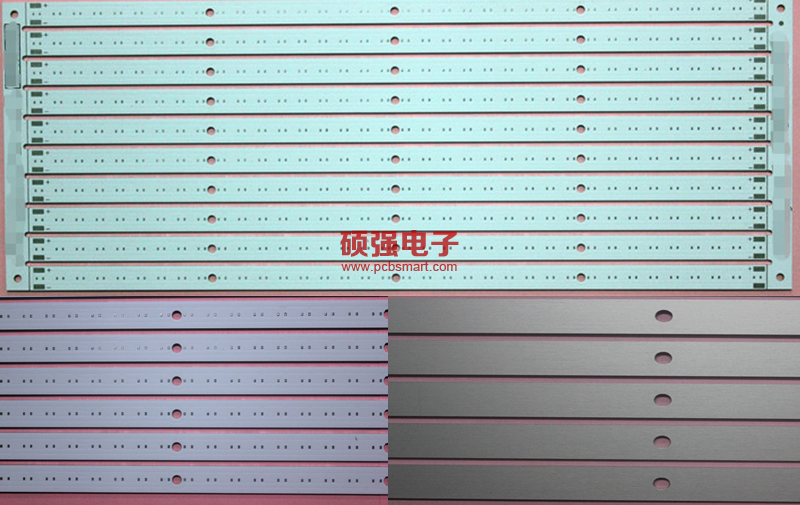|
The frenzy of April’s trade shows is far away now and you collected many contacts for a potential supplier deal in Asia. What do you do next? Follow these five easy steps to successfully deal with suppliers in Asia. Develop the RelationshipThe first step before striking a deal with a supplier is to reach out and request samples of the specific product. Not only does this allow you to get a hands-on feel of the product, it helps both you and the manufacturer agree on theproduct requirements and cost. Oftentimes, language and cultural differences can slow down the communication process, but it’s vital to iron out these details upfront before placing a large order. Perform Due DiligenceOnce you’re happy with the product, it’s important to perform background research to make sure you’re dealing with a reputable company. There are several free resources available online that allow you to find blacklisted companiesthroughout Asia, although these lists may not be updated regularly. For more comprehensive results, consider hiring a company like AQF to perform a factory audit. A simple factory audit takes just one day and the cost is affordable, on average USD298. This is an easy way to avoid scams and make sure the factory has the experience and capacity to manufacture your product. Negotiate Your ContractOnce you’ve finalized your vendor and price, there are still several details to iron out; most importantly, yourpayment conditions. While there are several options, never fully finance your purchase order in advance. Instead, consider paying a predetermined percentage upfront (typically 30%) followed by the remaining balance when the order is completed and the inspection result is PASS. Line up a proper purchase order outlining your product, labeling, and packaging specifications, as well as a product checklist if applicable, terms of purchase, and a quality control plan. Finalize Approval Samples
After finalizing your contract, it’s time to get a final product sample. Request one for you and one for your quality control company. This step prepares you for production by confirming the color, shape, functionality and feel of the product as well as identifying non-conformities and deciding which are acceptable. Create a Quality Control StrategyA strong quality control strategy aims to detect defects throughout the production process, which is why it’s critical to partner with your supplier. In reality, quality control benefits both parties because suppliers cansuccessfully complete purchase orders and you are happy with the final product. Agree on inspections throughout the production process and acceptable quality limites using the AQL table (how many samples will be controlled, the number of defective goods you’re willing to accept, and more). The road from trade show to product delivery is quite a long one, and there is a lot of room for error no matter how long you’ve been in the business. |

